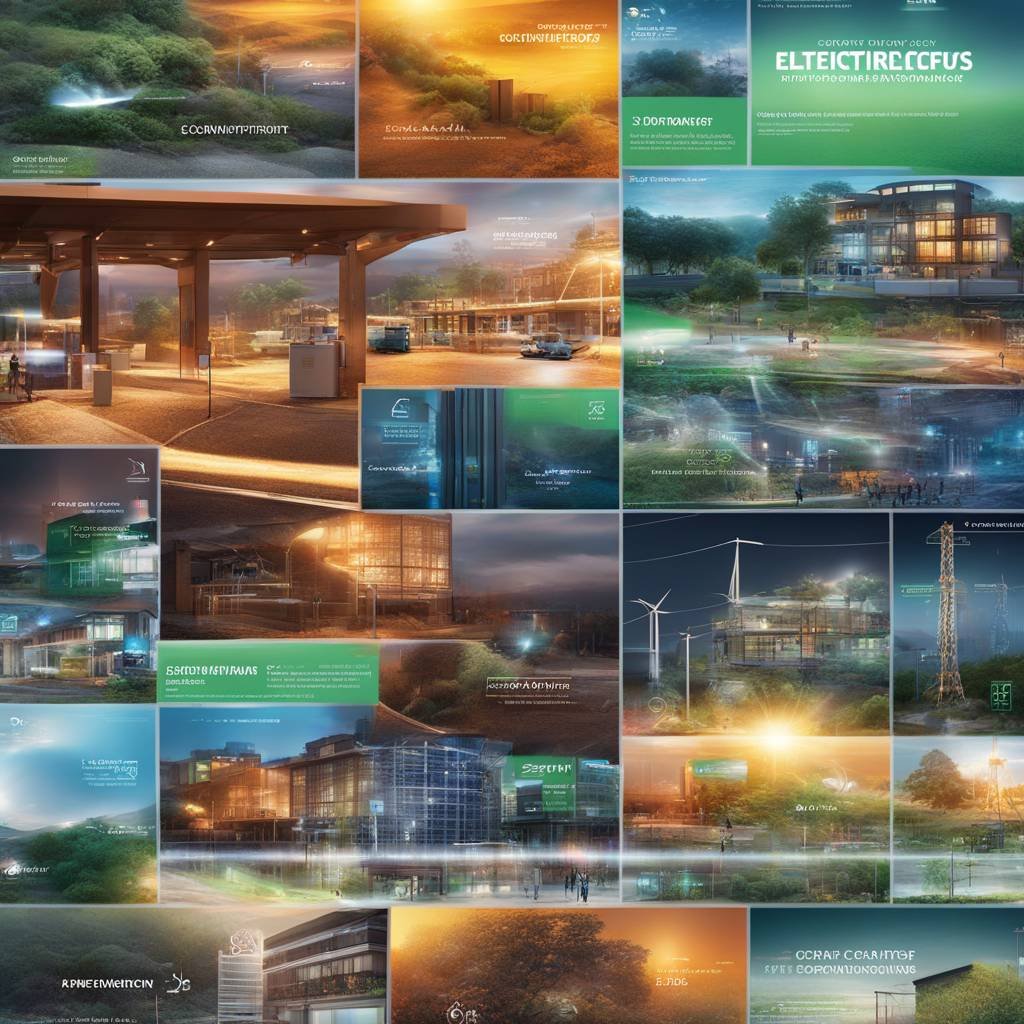Summary
– Hitachi Energy has committed $4.5 billion over 3 years towards accelerating electrification and transmission infrastructure.
– The electrification movement is progressing rapidly, driven by AI, digital tools, and emerging technologies like green hydrogen.
– Hitachi Energy is partnering with Penske for fleet electrification and is also involved in projects focusing on renewable hydrogen production.
– The company aims to expand renewable energy sources and improve grid infrastructure to support the electrification of various sectors.
– Hitachi Energy’s involvement in initiatives like H2@Scale in Texas showcases a commitment to decarbonization and advancing electrification technologies.
Article
Hitachi Energy recently announced a 3-year, $4.5 billion commitment to accelerate electrification and transmission infrastructure essential for the net-zero economy of the future. This follows a previous $1.5 billion investment announced in April, focusing on producing more transformers at a faster rate. The company emphasizes that the increased demand for electricity, driven by AI and digital tools, is transforming the energy system at a rapid pace, leaving fossil energy stakeholders in a difficult position.
The CEO of Hitachi Energy, Claudio Facchin, highlighted the importance of new business models, design harmonization, and partnerships in driving the electrification transition. The company’s commitment to doubling its investments in various areas such as manufacturing, engineering, and R&D over the next three years underpins its dedication to integrating renewable energy sources like solar and wind into the grid infrastructure to meet electrification demands across various sectors.
Hitachi Energy’s journey towards electrification began in 2020 when its parent company, Hitachi, made it a wholly-owned subsidiary to accelerate synergies and innovation in the global power market amid the energy transition. The company has since partnered with Penske to develop an EV charging facility for truck depots, signaling a move towards sustainable transportation. The facility can charge up to 10 electric trucks simultaneously, showcasing the potential for electric truck fleets to become mainstream.
The electrification movement is also closely linked to the availability of renewable energy resources for charging EVs. Various solutions are emerging, such as battery-equipped EV charging stations that can optimize renewable energy availability and off-grid charging stations powered by green hydrogen. Hitachi Energy’s involvement in the H2@Scale project in Texas, focusing on renewable hydrogen production and integration with power grids, underscores the company’s commitment to decarbonizing energy production.
The Pickle Project in Texas exemplifies the shift towards green hydrogen as a tool for electrification and decarbonization, particularly for hard-to-decarbonize industries and applications. By demonstrating the cost-effectiveness and reliability of using renewable hydrogen for various applications, such as fuel cell electric vehicles, the project aims to pave the way for wider adoption of green hydrogen in decarbonization efforts. Despite Texas’s historical ties to the fossil energy industry, the state is making strides in renewable energy innovation.
Hitachi Energy’s increased focus on advanced EV charging stations and other electrification initiatives reflects the broader industry trend towards sustainable energy solutions. As the electrification movement gains momentum globally, companies like Hitachi Energy are at the forefront of driving innovation and partnerships to support the transition to a cleaner, more sustainable energy future. The company’s investments and collaborations signal a shift towards a greener, more electrified energy system that is poised to transform the way we produce and consume energy.
Read the full article here



